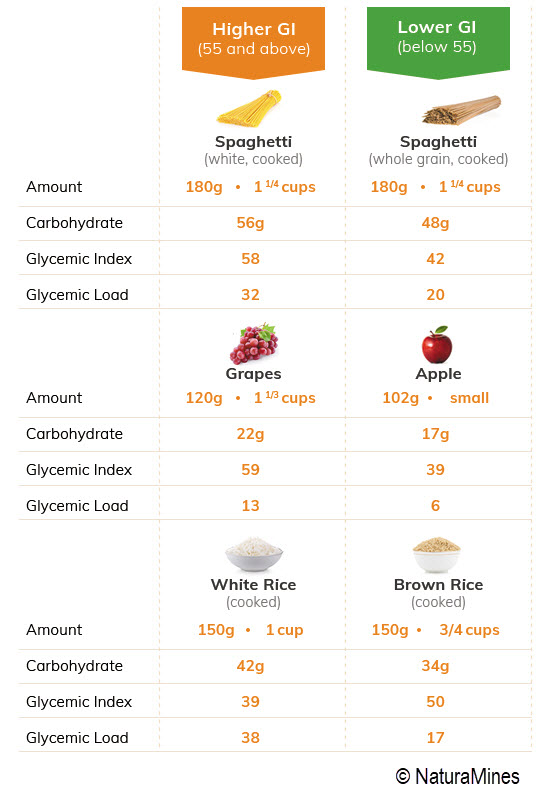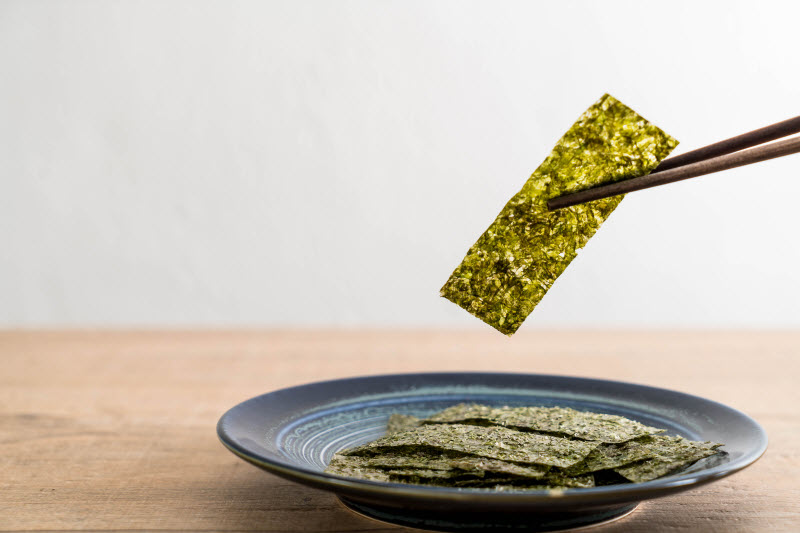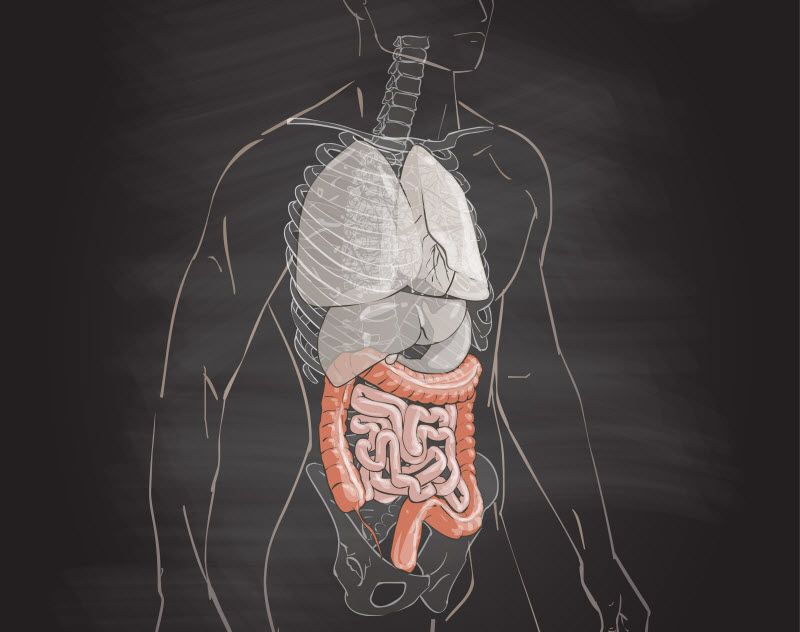
While we aim for making better food choices and manage diabetes more efficiently, we do not need to remember the actual Glycemic Index numbers of each food or calculate the exact Glycemic Load of every meal.
Instead, focus first on the foods that contribute the highest Glycemic Load to your meal and try to find better food options for the same meal; this will depend on who you are and what your favorite foods are. Here are some practical examples to help you make healthier meals every day:
- Swap your current bread, breakfast cereals, rice, and potatoes for lower GI ones.
- Enjoy a variety of fresh fruits and vegetables and low-fat milk products; these have a low Glycemic Index and provide you with some wonderful nutrients that are essential for good health.
- Try various legumes as a source of protein for your meal; they are low fat, high in fiber and have a low Glycemic Index.
- Experiment with some healthy grains such as barley, couscous or bulgur as a replacement for rice; these grains tend to have a lower GI than some types of rice like the sticky rice and they will help to lower the Glycemic Index and Glycemic Load of your meal.
- Substituting even half of the carbohydrate foods of a meal with lower GI carbs foods could decrease the GI of that meal by a fair amount.

Examples of Higher GI vs Lower GI food choices
So how do you know that making healthier food choices is improving your diabetes control? Here are few reminders to keep in mind and help you monitor diabetes efficiently.
Test your Blood Glucose
If you measure your Blood Glucose before and two hours after the same meal, that will help determine how your food choices had affected you blood sugar level.
You will be able to make healthier choices and you will realize whether you need to worry about changing the quality of the food or perhaps the quantity of the food that you are eating.
Everyone is Different
Each person’s body reacts differently, and every case of diabetes is individual, this means that the best way to know that your meal plan is working, is to test your glucose level and see how your body is responding.
Some people’s bodies respond differently to various grains and various carbohydrate foods.
Speak to your Doctor
If you have made healthy food choices and your blood glucose level increases considerably after a meal, then you need to speak to your doctor and you might need some modifications for your Diabetes treatment.
The food choices are not always at fault; it really comes down to a healthy balanced lifestyle.
Find your Balance
Remember! It is all about a healthy balance between the quality and the quantity of what you put in your plate. All food can fit and every little change that you can make in your lifestyle counts.
Prioritize quality food choices and choose more food that have a lower Glycemic Index. Higher Glycemic Index foods can also be part of a healthy meal plan, just pay attention the quantities and to what other foods are present at the same meal.
Do you want to know more about diabetes and how to keep it under control ?











Discussions
Add Comment